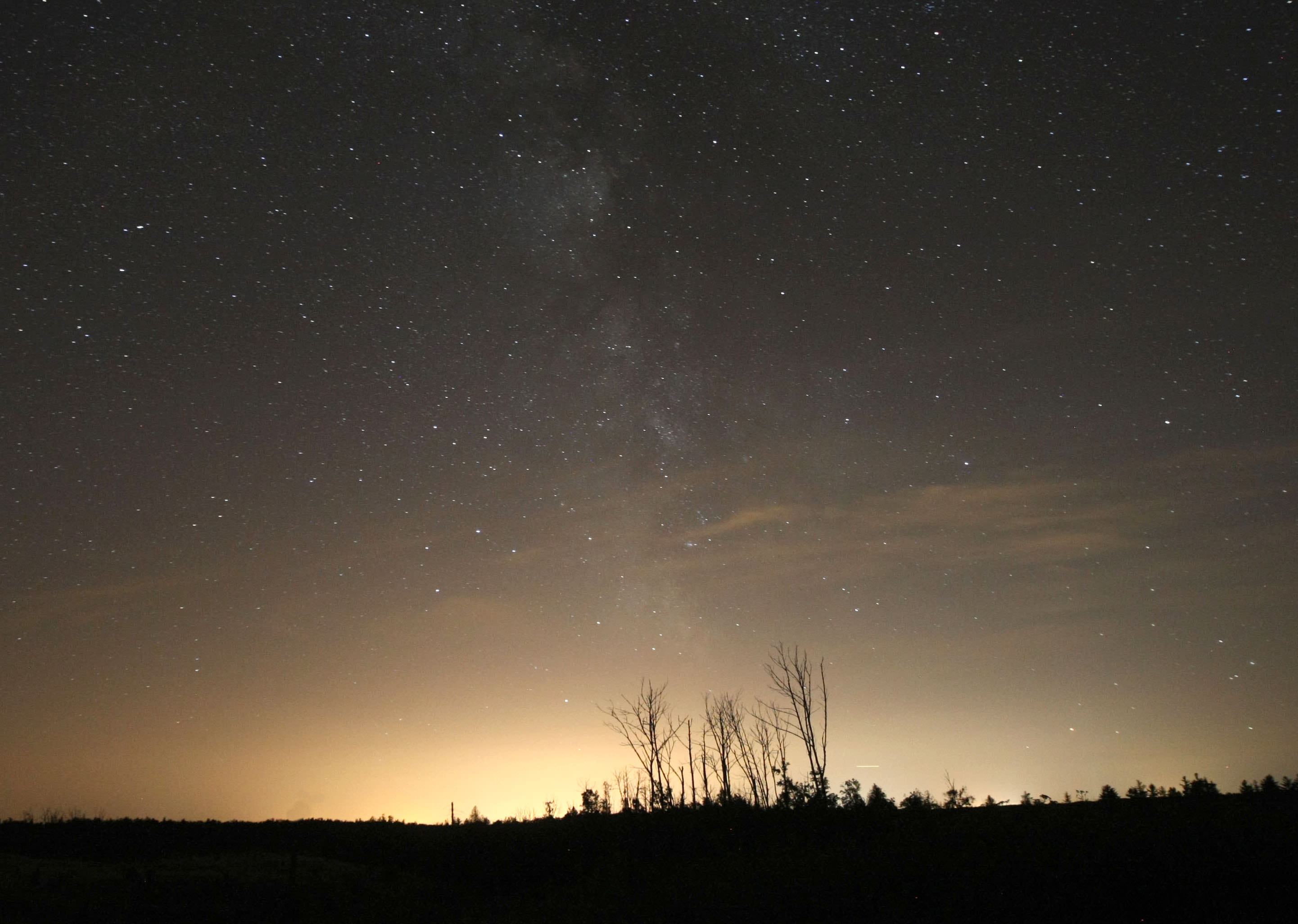There’s no question that light pollution is a growing problem. Thankfully many scientists and advocates are working for change. And you can be a part of that change with a simple app that you can download to catalog the street lights in your neighborhood.
The continued expansion of street lights, traffic lights, security lights, and home lighting across the globe has a variety of disastrous consequences. For one, increased light pollution reduces our access to the night sky. We simply don’t get to see the same stars and constellations that our ancestors did, and we can potentially lose that rich cultural heritage.
In addition, the increased use of lights at night by humans also disrupts many biological processes. For example, animals that rely on night vision can have their rhythms disrupted. Or certain blooms that only happen in periods of strong moonlight can be reduced due to human interference.
While many satellites can map out the total amount of light pollution in a given area on the globe, they have one major weakness. Satellites have difficulty measuring the amount of blue versus red light, because the blue light more easily scatters in the atmosphere. Different satellites and different measuring techniques can give wildly different estimates for the amount of blue light pollution, differing by as much as 200%.
Measuring the color of the light is important because not every biological process is sensitive to the all colors of light equally. For example, one species of nocturnal animal may be absolutely fine with redder colored night lighting, but be completely disrupted by blueish hues.
To tackle this, a team of astronomers have proposed a new citizen science project. The project consists of an app that you can download onto your smartphone. You then simply take pictures of any of the light sources that you see. The app then measures the spectrum of that light and estimates the amount of different colors. For example, common street lights usually use sodium, which gives them an orange hue, while home security lights and headlights tend to be bluer.
The app will then upload the information to a database tagged with your location and correlate that information with light pollution maps given by satellites. This way, the astronomers hope to correct and calibrate the information provided by the satellites so that we have a more accurate measurement of the color spectrum of our light pollution.
The team of astronomers have already completed a pilot program to demonstrate that their app pipeline and data acquisition and calibration steps all work correctly. They are now advocating to roll out the app worldwide to engage more citizen scientists. If you’d like to participate, you can check out this link.

